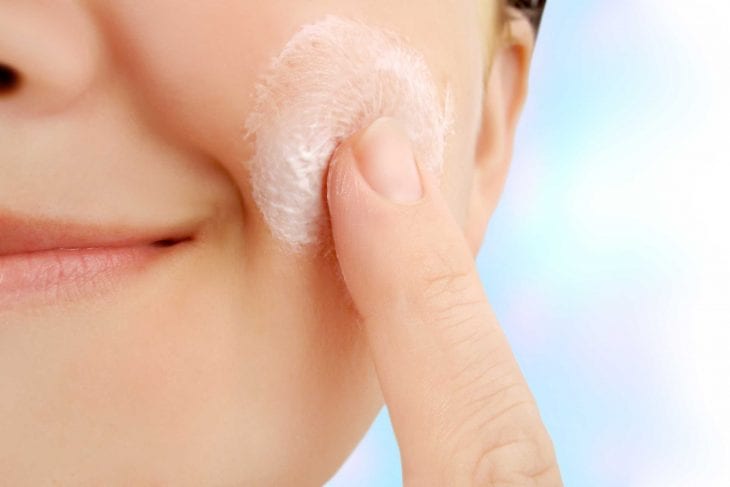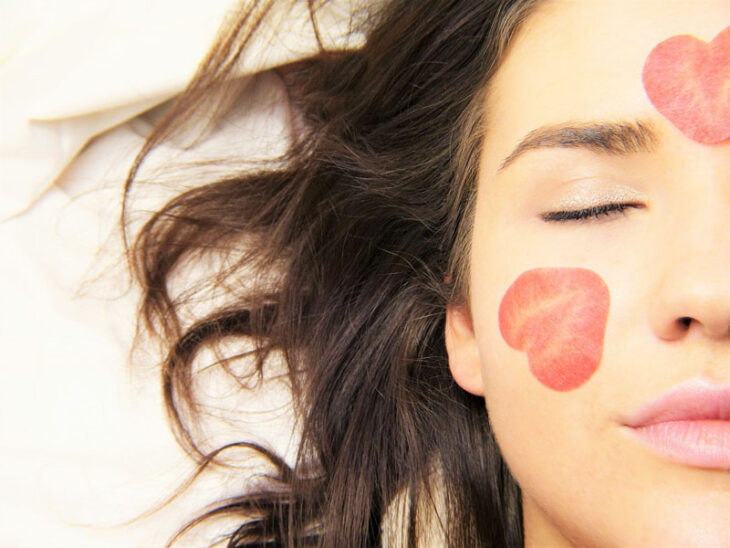Cold weather can be a real problem for each of us. Not everyone likes cold weather and this is for various reasons. One of those reasons is the destruction of the skin, ie the bad effects that time has on each of us and our skin. Virtually every person has a problem related to the cold weather, which is related to the skin. Some people are dry, some people crack, and some people get redness. This is because of the low temperatures that have just come and will be more and more here until spring when the sun comes back and the temperatures will drop.
Can you feel it? Soft, cool breezes might be moving into your area, refreshing your outlook and enlivening your step. Or, you may be in a different situation; it’s hot now and you’re looking forward to a vacation or some cool relief in the coming months. Whatever the case may be, it’s a smart idea to take a look at your skincare routine and adjust it to keep your skin smooth and glowing. Read on for a few simple ideas you can implement easily.

Source: rd.com
1. Moisturize
“Moisturizers are an absolute must in your skin care routine for dry skin,” says Dr. Jen Haley, medical advisor for editorspick.com. You may have a go-to moisturizer, or you might be searching for one. For colder weather, choose a thicker, more heavily moisturizing formula that will counteract the drying effect of the climate. If you have oily skin, you can still use a lighter formulation. If you have combination/dry skin or are older, reach for a product that penetrates and moisturizes deeply. You must know that it is very important to keep the skin moisturized. It is not permissible for a person to have dry and ungroomed skin, especially in the winter period when the temperatures are low and can further complicate the whole thing. That is why you need to be responsible for yourself and your skin and moisturize it regularly in a way that suits you.
2. Protect
Always use SPF when you go outdoors in cold weather, even if it’s cloudy. It might be part of your moisturizer, foundation, or BB (beauty balm) cream, or you can layer it on solo. Although the sun is less direct in cold months, it still reflects off light surfaces (such as snow) and can damage the skin. If you’re going to be outside for a significant length of time, layer on a protective ointment as well. It’ll provide another barrier of skin protection. Don’t forget your lips! Use the best balm you can find, and reapply often. Yes, even in autumn and winter it is necessary to protect the skin from the sun’s rays. Although we do not feel their strength, they are still strong and can destroy the skin. That is why the best dermatologists suggest using a protective cream and lip protection with SPF50 which is the best protection for the skin.

Source: seventeen.com
3. Hydrate
Thirst cues don’t come as often in cold weather, but it’s just as essential that you stay hydrated. Your overall health and skin will benefit. Sufficient water plumps up skin cells, making you look more radiant. Remember to also hydrate from the outside in. Apply moisturizers and skin oils when your skin is slightly damp to lock in moisture. Hydration is something that is constantly emphasized by top dermatologists, but each of us often forgets that moment. So this is a perfect opportunity to remind you and emphasize how important it is to hydrate your skin and give it life as dermatologists say.
4. Nourish
When it gets cold outside, nourish your skin by eating healthy fats. Olive oil, avocados, and salmon are all great sources, are delicious, and will fill you up. Your whole body will receive the benefits — including your skin. People who eat sufficient amounts of unprocessed fats have younger-looking, plump, hydrated skin. The oil barrier of their skin is stronger. Healthy fats also calm inflammation. Looking for natural products to nourish your skin? Try coconut oil or shea butter.
Using a serum with nourishing qualities is also a great thing to do in colder weather. Get recommendations from people you trust, check out reviews, and ask your dermatologist or esthetician for advice.

Source: thehealthytart.com
5. Humidify
In colder weather, the humidity usually drops. If that’s the case where you live, create a way to humidify your skin. Steam saunas can help, as can home humidifiers. Even draping a towel over your head to trap steam can make a difference. Combine your humidifying practice with nourishing, moisturizing, and protecting your skin consistently.
6. Pamper
Yes, exfoliation is important in colder months. Yes, cleansing your skin in a way that suits your skin type is crucial year-round. But when temperatures drop, switch to gentler products that focus on pampering and soothing your skin. Try a hydrating mask or rich body butter. Use mild exfoliants instead of strong ones. Stay away from harsh or irritating products. To be sure your skin can tolerate a given formula, try a patch test first.

Source: tropicskincare.com
7. Prepare
Don’t be taken by surprise. Stay aware of weather changes in your area so you can have plenty of cold-weather skin supplies on hand. If you’re going on a trip, pack the products you’ll need for your destination; there’s no guarantee you’ll be able to find them in stores when you arrive. Being prepared is the best, but also the most important thing. You always have to be prepared, and especially your skin must be ready for that. So do not leave it to chance, always be prepared for the changes that occur and do not create shocks on your skin, but give what it needs, and that is regular care.
Taking care of your skin in colder weather requires adjusting your routine. Try these tips to nourish and protect your skin. Show that you take care of your skin regardless of the time of year and prevent any reactions that may be the result of strong and cold winds or low temperatures that will be our daily routine for the next 6 months.
